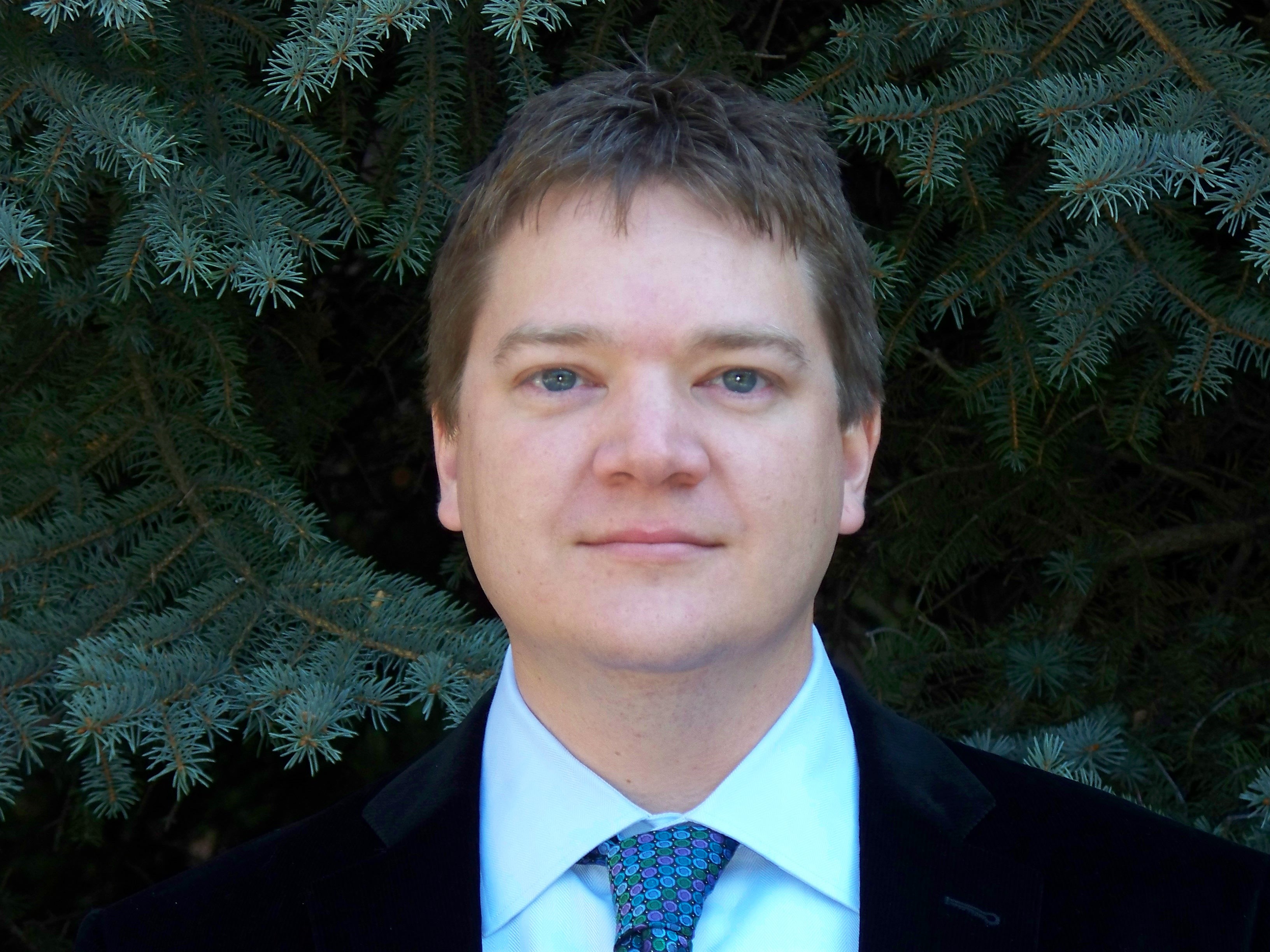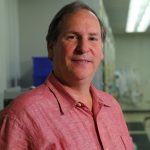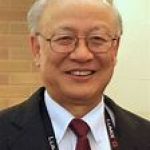About the Seminar:
Solar-to-hydrogen (STH) conversion efficiency a common figure of merit for evaluating and comparing research results, and it largely establishes the prospect for successfully introducing commercial solar water-splitting systems. Present measurement practices do not follow well-defined standards, and common methods consistently overestimate performance. To remedy this need we confirmed underestimated influence factors and proposed experimental strategies for improved accuracy[1].Our focus was tandem (dual absorber) devices that have the prospect for greater STH efficiency[2], but increased complexity that requires more careful consideration of characterization practices. We performed measurements on an advanced version of the classical GaInP2/GaAs design[3] while considering (i) calibration and adjustment of the light source, (ii) validation of results by incident photon-to-current efficiency (IPCE), and (iii) definition and confinement of the active area of the device.
We initially measured 21.8% STH efficiency using a tungsten broadband light source, a calibrated GaInP2 photovoltaic reference cell, and epoxy-encased photocathodes. In contrast, integrating experimental IPCE over the AM 1.5G reference solar spectrum showed that less than 10% STH conversion is possible. We performed a set of on-sun measurements that gave 16.1% STH efficiency before eliminating indirect light coupled to the sample by using a collimating tube and 13.8% STH efficiency. However, the value still significantly exceeded the current density expected according to the quantum efficiency measured via IPCE. Finally, suspecting that the illuminated area is poorly defined by epoxy, we use a compression cell for an epoxy-free area definition, resulting in 9.3% STH efficiency – a number corroborated by our IPCE results.
In order to economically generate renewable hydrogen fuel from solar energy using immersed semiconductor-based devices, the U.S. Department of Energy Fuel Cell Technologies Office has established technical targets of over 20% STH efficiency with several thousand hours of stability under operating conditions [4]. We had to employ several key solid-state technological advances to achieve STH efficiencies exceeding 16% [5]. The first improvement was to increase the device photocurrent via extending the infrared absorption using a non-lattice-matched 1.2 eV InGaAs junction, created by the inverted metamorphic multijunction (IMM) technique developed by NREL’s III-V photovoltaics group. The second modification was to add a thin n-GaInP2 layer to p-GaInP2 to generate a “buried junction”, which increased the open-circuit voltage of the device by several hundred mV and enabled 14% STH efficiency. Finally, we increased the top junction photon conversion efficiency by adding an AlInP “window layer”, which is commonly used in solid-state PV devices to reduce surface recombination. Through the use of a collimating tube, we measured our devices outdoors under direct solar illumination and verified over 16% STH conversion efficiency.
[1] H. Döscher, J. L. Young, J. F. Geisz, J. A. Turner, and T. G. Deutsch, “Solar to hydrogen efficiency: Shining light on phoelectrochemical device performance,” Energy Environ. Sci. 2015.
[2] H. Döscher, J. F. Geisz, T. G. Deutsch, and J. A. Turner, “Sunlight absorption in water – efficiency and design implications for photoelectrochemical devices,” Energy Environ. Sci. 2014.
[3] O. Khaselev and J. A. Turner, “A Monolithic Photovoltaic-Photoelectrochemical Device for Hydrogen Production via Water Splitting,” Science. 1998.
[4] http://energy.gov/sites/prod/files/2015/06/f23/fcto_myrdd_production.pdf
[5] James L. Young, Myles A. Steiner, Henning Döscher, Ryan M. France, John A. Turner, and Todd G. Deutsch, “Direct solar-to-hydrogen conversion via inverted metamorphic multi-junction semiconductor architectures” Nature Energy 2, 17028 (2017).
About the Speaker:
Senior Scientist, Chemistry and Nanoscience Center
Todd Deutsch has been studying photoelectrochemical water splitting since interning in Dr. John A. Turner’s lab at NREL in 1999. He performed his graduate studies on III-V semiconductor water-splitting systems under the joint guidance of Dr. Turner and Prof. Carl A. Koval in the Chemistry department at the University of Colorado-Boulder. Todd officially joined NREL as a postdoctoral scholar in Dr. Turner’s group in 2006 and became a staff scientist two years later. Since 2014, he has led NREL’s applied water splitting program that aims to identify and characterize appropriate materials for economically generating hydrogen fuel from water using sunlight as the only energy input. His work has focused on inverted metamorphic multijunction III-V semiconductors and corrosion remediation strategies for high-efficiency water-splitting photoelectrodes. Recently, Todd has ventured into new research areas as the principal investigator for projects that seek to develop advanced bipolar membranes for reversible fuel cells and CO2 electrolyzers. The CO2 electrolyzer project is a multi-lab program that aims to invent CO2 electrolyzers that can electrocatalytically reduce CO2 to useful chemicals and fuels at industrially-relevant rates. Todd has been honored as an Outstanding Mentor by the United States Department of Energy, Office of Science nine times in recognition of his work as an advisor to over thirty students in the Science Undergraduate Laboratory Internship program at NREL.
He has over 40 peer-reviewed publications that have garnered over 4500 citations and he has given over 35 invited presentations and seminars. Todd received a B.S. in Chemistry, cum laude, from Humboldt State University and a Ph.D. in Analytical Chemistry from the University of Colorado-Boulder.



